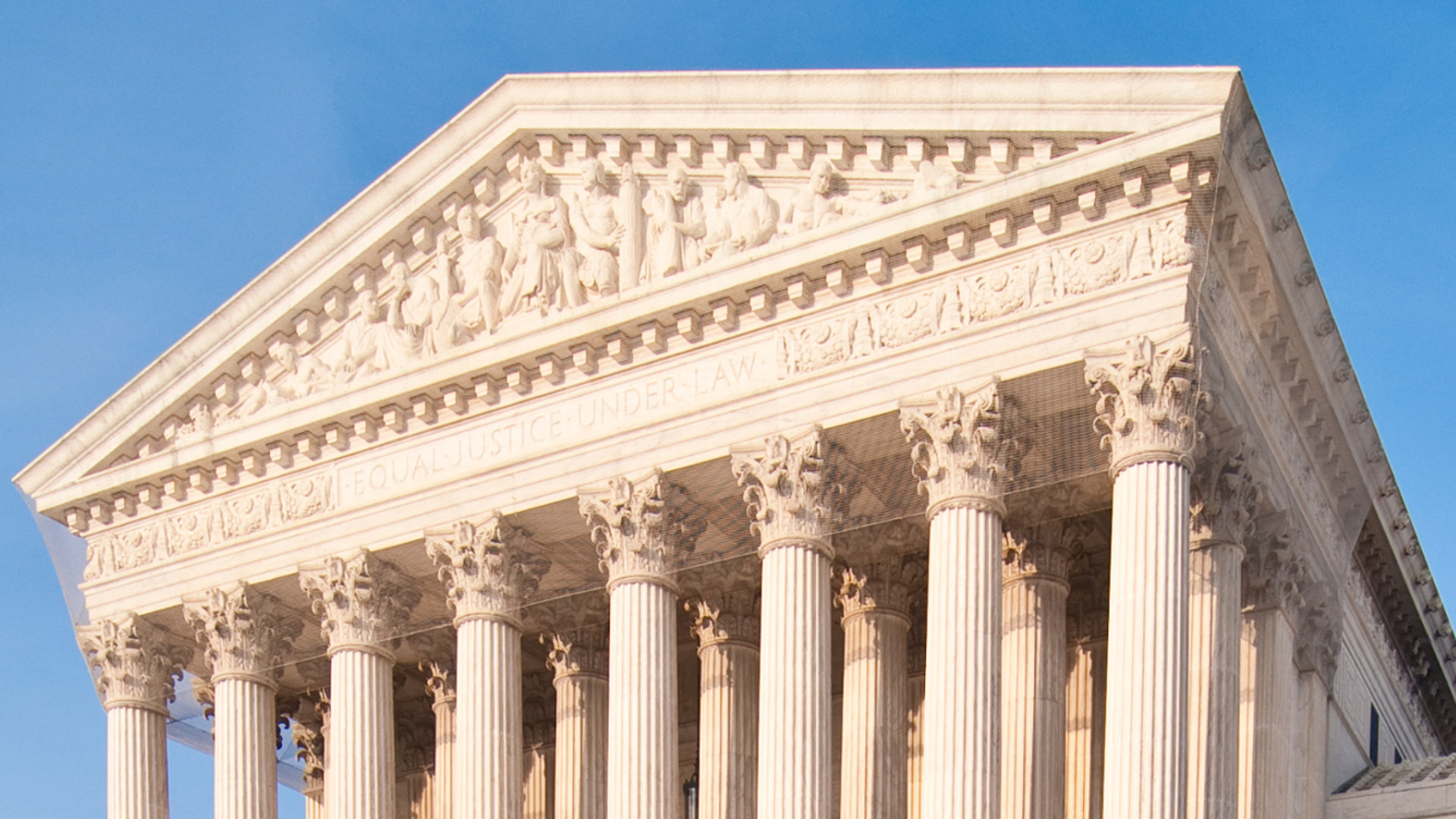The Supreme Court term that began in October will touch on a few significant cases involving environmental law.
Just as importantly, it could see attempts to elevate cases from lower courts to take advantage of the Court’s new solid conservative majority (newly confirmed Associate Justice Amy Coney Barrett was sworn in Oct. 26, just in time to hear oral arguments on virtually all of this term’s cases).
While the few environmental cases will not be blockbusters, they may offer telling clues about the court’s future trajectory on the environment.
One legal doctrine that courthouse reporters are eyeing closely is that which currently authorizes the U.S. Environmental Protection Agency to control greenhouse gas emissions of carbon dioxide under the Clean Air Act.
The Court’s landmark 2007 decision in Massachusetts v. EPA prevailed by a scant 5-4 vote (with Chief Justice John Roberts siding with the majority). The new 6-3 conservative majority could overturn that precedent if it were inclined to.
Right now there are no cases clearly headed to the Supreme Court to test this principle. But some might be expected.
The following cases have been scheduled by the Court for argument during the current term:
Texas v. New Mexico
This case involves a water dispute involving the two states, which means the Supreme Court has “original jurisdiction” (that is, it goes straight to the high court). The case involves interpretation of the Pecos River Compact that allocates the water of the Pecos River between Texas and New Mexico. The disagreement arose from a 2014 tropical storm, when Texas had to release water from the Red Bluff Reservoir because it was full. The question is whether this unused water counts toward Texas’ allotment. The eight sitting justices heard arguments (subscription required) in the case Oct. 5.
Florida v. Georgia
This case actually was already “decided” in 2018, but it is hardly over. It involves a dispute between the two states over water from the Chattahoochee, Flint and Apalachicola Rivers. It went before the court during preliminary phases twice and the court appointed a judicial adjunct known as a special master. The question before the Court this term is an appeal by Florida of a particular decision by the special master. It is not clear whether the Court will give it a hearing or make a decision.
BP P.L.C. v. Mayor and City Council of Baltimore
Baltimore sued 26 multinational oil and gas companies in state court, claiming they had injured the city by causing climate change. It’s actually one of a growing set of climate liability cases. Two of the companies sought to have the case moved to federal court, where they thought they would have a better chance to prevail. A federal district and a federal appeals court left the case in state court. The companies appealed those rulings to the Supreme Court.
U.S. Fish and Wildlife Service v. Sierra Club
This case will test what documents must be made public when federal agencies are considering rules under the Endangered Species Act. It goes back to a 2011 EPA’s proposed rulemaking over industrial cooling water intakes. EPA’s rulemaking involved extensive back-and-forth communications with NOAA Fisheries and the U.S. Fish and Wildlife Service. In the course of that interchange, EPA switched from effectively saying the rule would harm aquatic life to saying it would not. The Sierra Club, an environmental advocacy group, sought records of the interchange under the Freedom of Information Act. The agencies withheld some of the documents under the “deliberative process” exemption to FOIA. Some observers see the case as a challenge to the recent trend toward broader interpretations of the deliberative exemption. The Society of Environmental Journalists has joined 28 media groups in supporting disclosure. For more, check out the recent SEJournal WatchDog Opinion column on the case.
This article was originally published by SEJ Journal and is reprinted with permission. © 2020 Society of Environmental Journalists.


